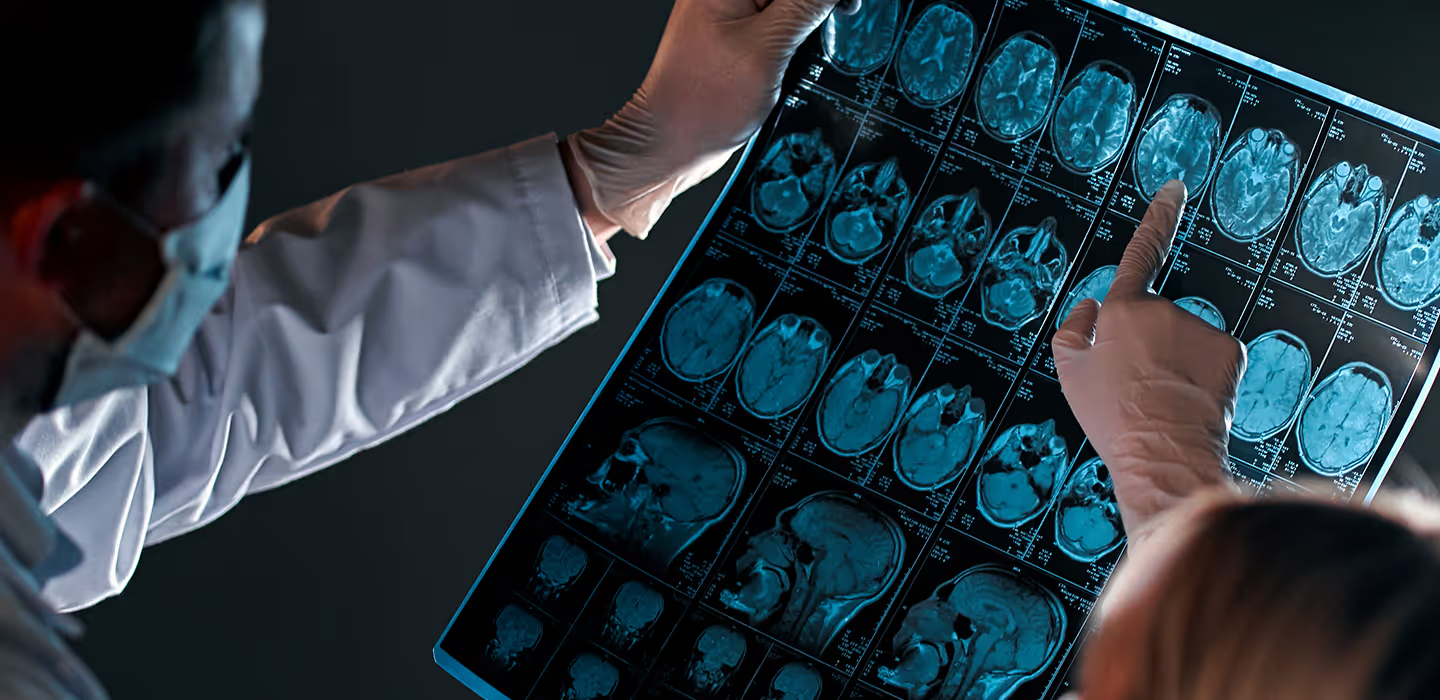Tout savoir sur la sclérose en plaques

Managing the announcement of the diagnosis
Early diagnosis is vital. However, the diagnosis must be firmly established and comply with international diagnostic criteria. This diagnosis is not always easy, as can be seen from the long list of differential diagnoses that need to be considered and then methodically ruled out. "I'll tell you everything (I know), but give me time to gather all the necessary data”.
Revealing the diagnosis is obvious, but not in just any way, anywhere, over the phone for example, or without detailed explanations. The onset of the disease and the announcement of the diagnosis shatter the arrow of time. There will be a before and an after, and the whole point of humane medicine will be to help the person involved to make the effort to bounce back. It will not be a matter of keeping the right distance but the right closeness with this person, beyond the objective elements of the illness, taking into account his or her personality, plans, aspirations, social and emotional environment. This applies to the GP, the neurologist, other specialists and all paramedical staff.
Of course, the announcement of the diagnosis can lead to psychological distress. But it can also bring relief insofar as we can put words to symptoms and feelings, remove uncertainty and define a way forward.
At the very moment the diagnosis is announced, it is necessary to define with the person concerned the statistical elements of good and of a less good prognosis that are specific to him or her, in order to choose the most appropriate treatment.
Good prognosis factors include starting the disease before the age of 40 (and even better before the age of 30), being female (the disease is less common in men but more disabling), having normal blood levels of vitamin D, not being a smoker, and not suffering from any other associated disease (high blood pressure, obesity, psychiatric disorders).
Relapsing forms of the disease have a better prognosis than progressive forms, and a low frequency of relapses during the first two years (none or at most one) indicates a less aggressive disease. On the other hand, an interval of less than 6 months between the initial attack and the second attack is an unfavourable factor. Full recovery from a relapse is also a sign of a less disabling disease. An EDSS of less than or equal to 2 (based on the clinical neurological examination at the time of diagnosis) is a good prognostic factor.
If the initial symptoms are NOT due to a lesion in the cerebellum, brainstem or spinal cord, and if these symptoms are caused by only one lesion, the prognosis will be better. On the other hand, it is more reserved in cases of cognitive problems (memory, orientation, concentration, planning).
MRI scans are also important in establishing the prognosis. If, at the time of diagnosis, only 1 to 4 lesions are observed, with no lesions taking up the contrast medium, no lesions in the cerebellum, brainstem or spinal cord, and no necrotising lesions known as "black holes", the prognosis will be better than in the opposite situation. The absence of oligoclonal bands in the CSF will give a better prognosis, as will a normal thickness of the retinal nerve fibre layer measured by optical coherence tomography.
On the basis of all these data, we can decide to
- (Rarely) refrain from treatment, for example if a pregnancy is imminent, or to temporarily defer any treatment by monitoring the progress of the disease with an MRI scan 4 to 6 months later;
or
- Begin a first-line or "moderately effective" immunomodulatory treatment, which may be perfectly sufficient for the person concerned, but which may be subject to therapeutic escalation if clinical or radiological signs show persistent disease activity; or
- Initiate immediately a second-line treatment known as "high" efficacy, always establishing a benefit/risk balance, which is necessary to prevent progressive and irreversible cerebral atrophy. Once the disease has been inactivated and stabilised, we can return to a moderately effective treatment or rigorous clinical and radiological monitoring to detect the slightest recurrence of intracerebral inflammation.
So there is still a great deal of uncertainty as to the best therapeutic choices for each individual. But we must always try to arrive at a shared medical decision: " I'll tell you everything I know, I'll help you define your preferences and what you absolutely don't want, and I'll also tell you the treatment I think is best for you. But the final decision is yours, and I'll help you put it into practice. Do not impose treatment, do not intrude medically. After the transfer of knowledge, we will talk as equals.”
This shared medical decision is the ideal to strive for. This is not always possible if the disease is denied or if it is difficult to grasp its potentially serious consequences. Sometimes you'll have to be bossy and persuasive at the same time!
Stay informed
Receive all the information related to research and news from the Belgian Charcot Foundation directly in your inbox.















